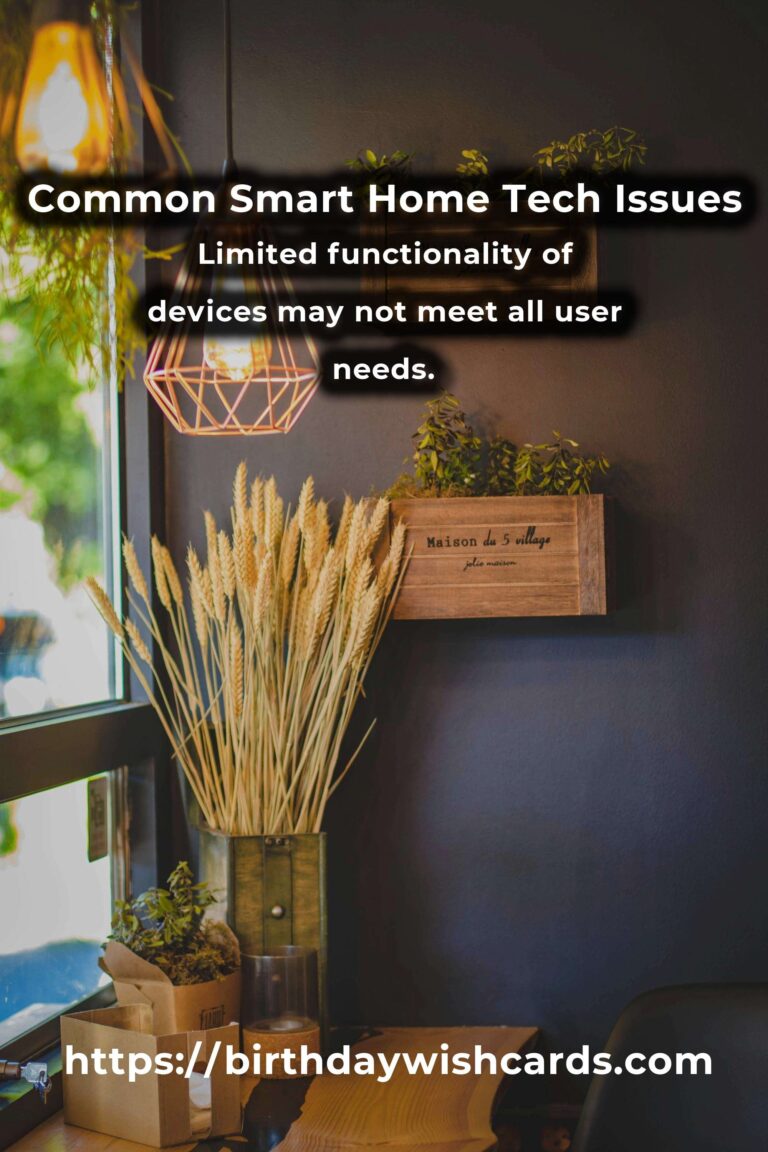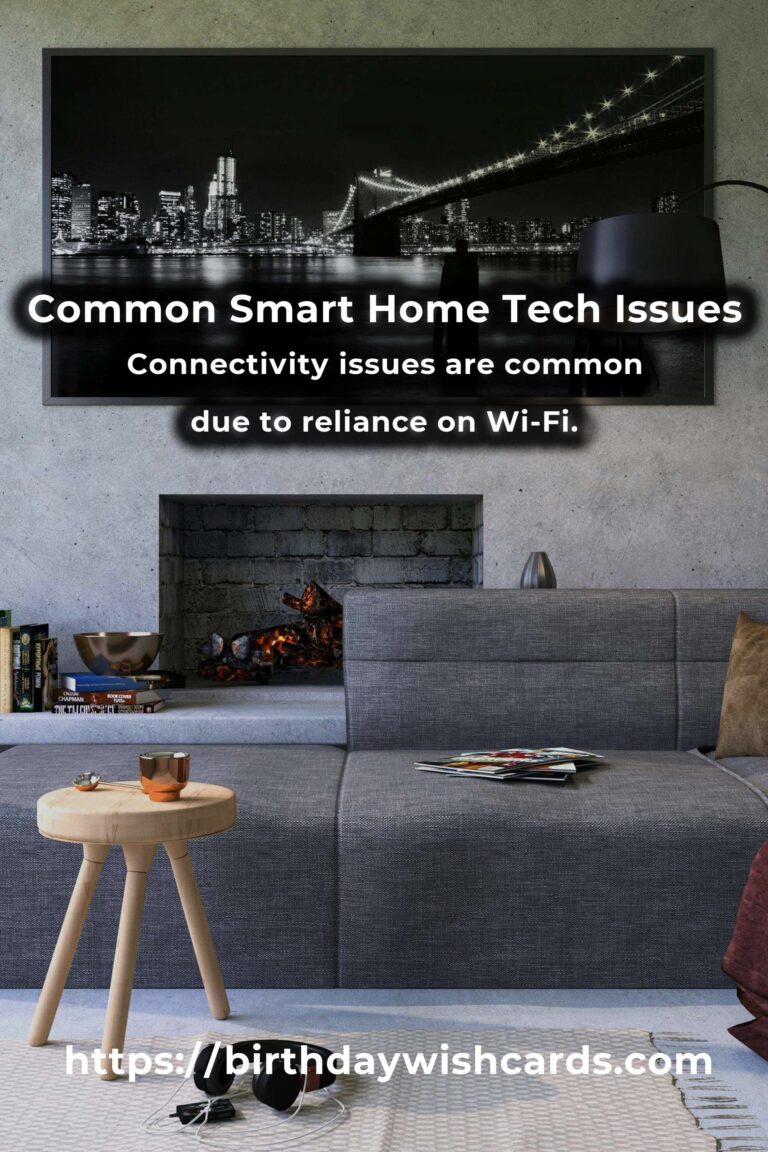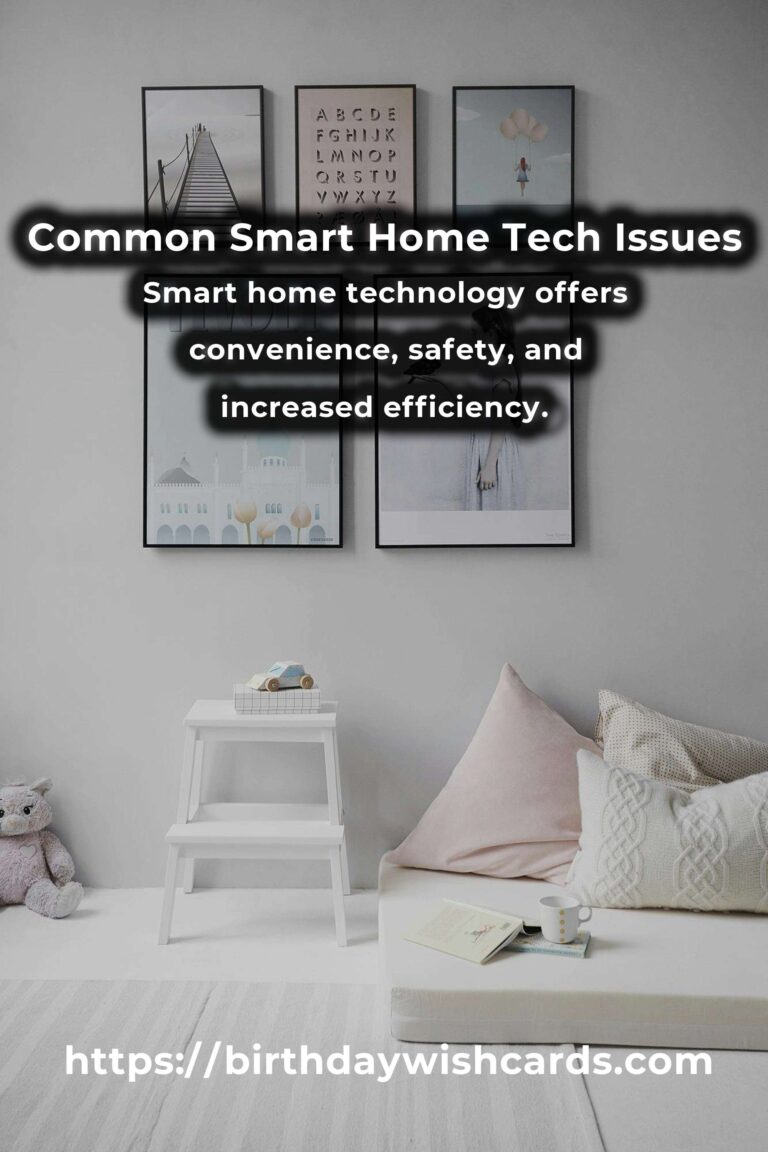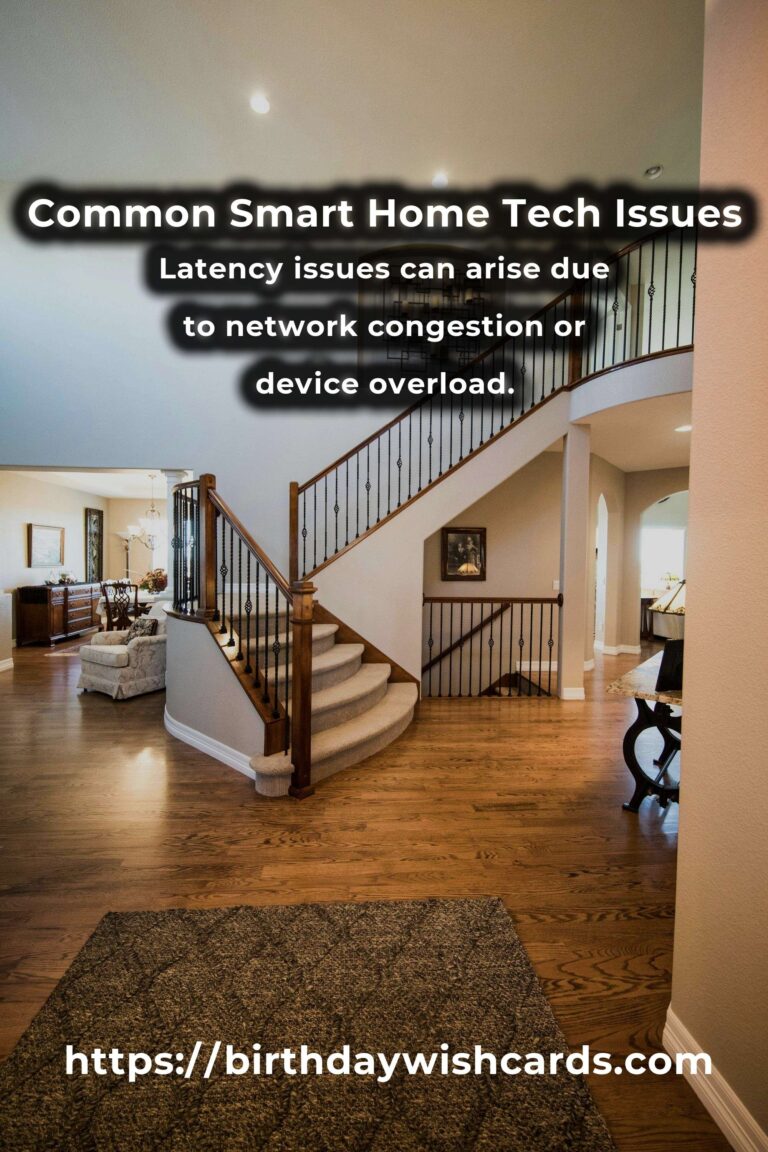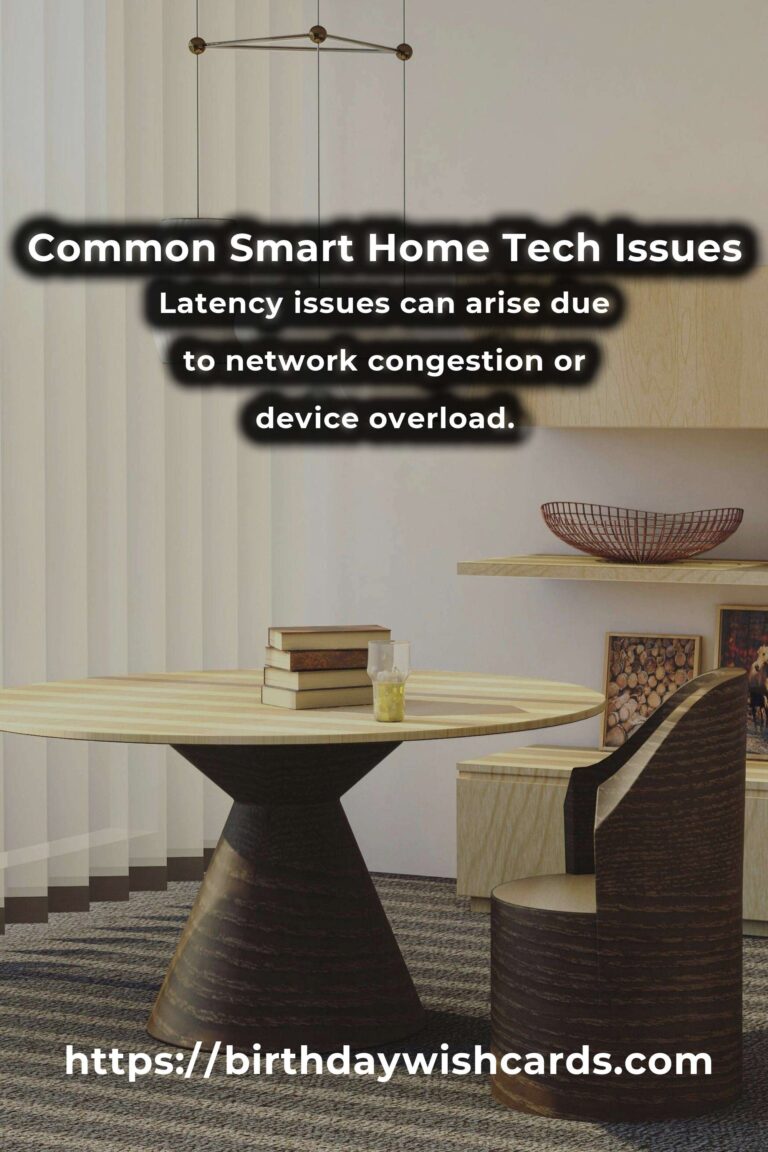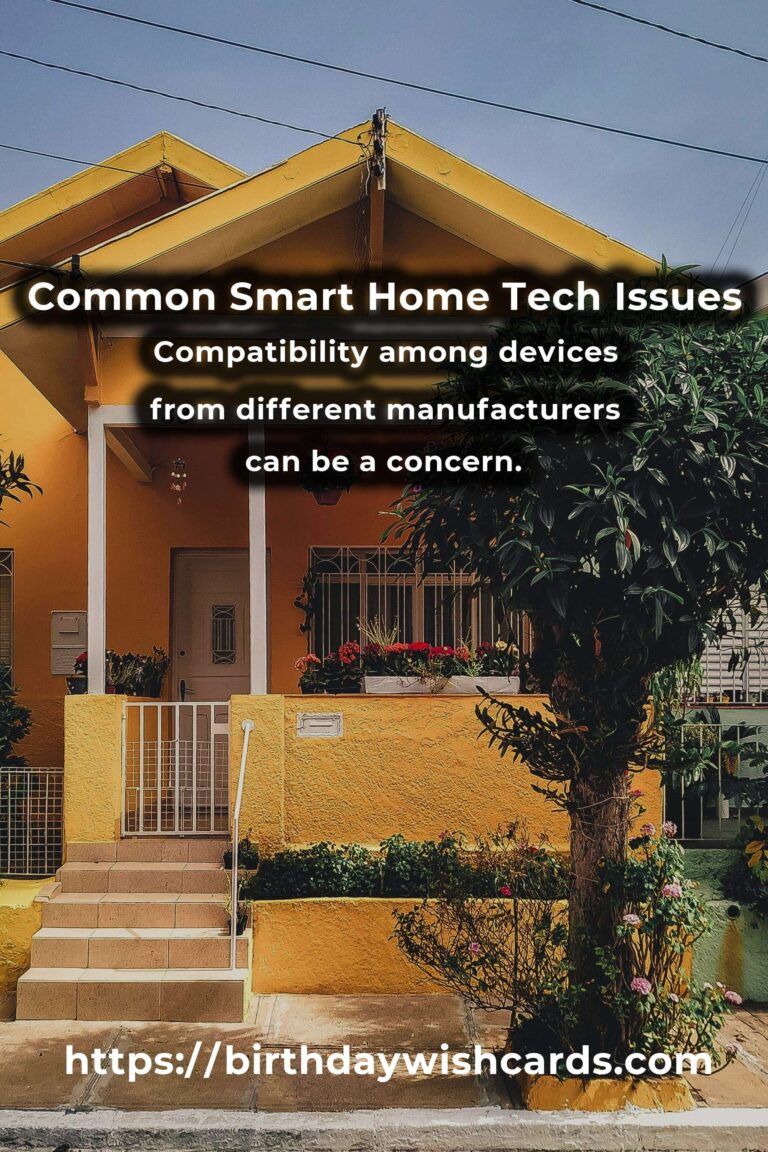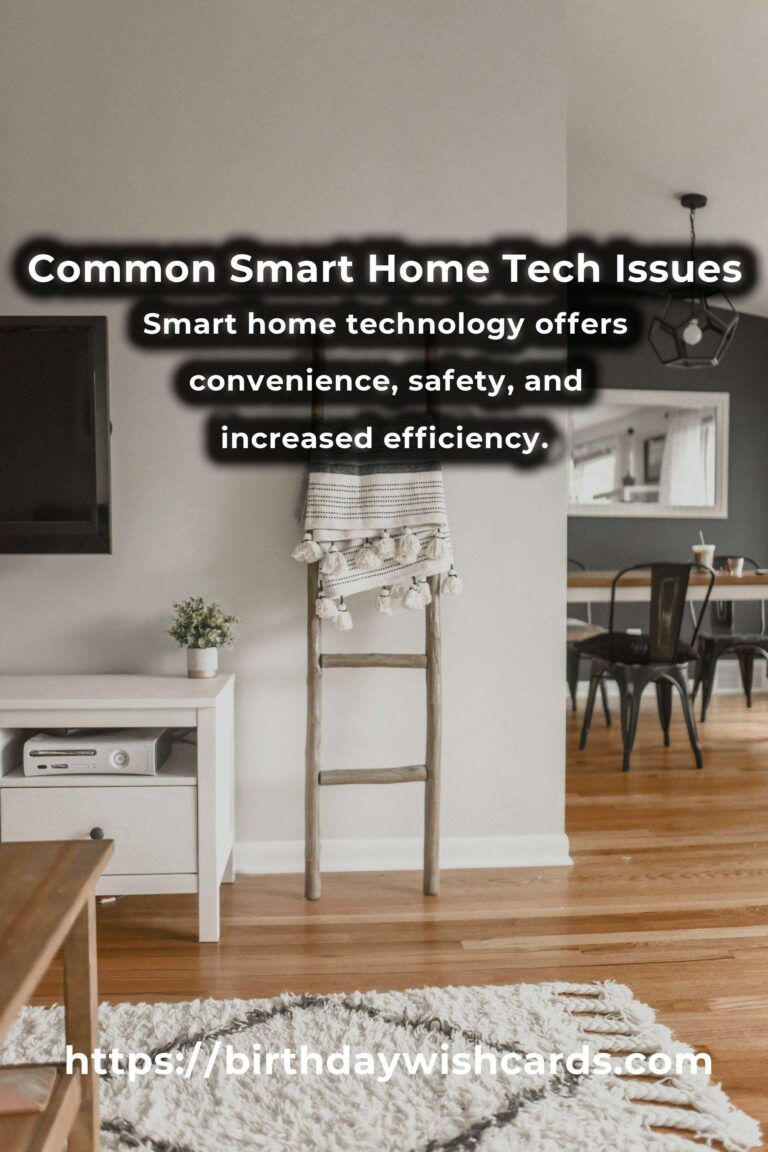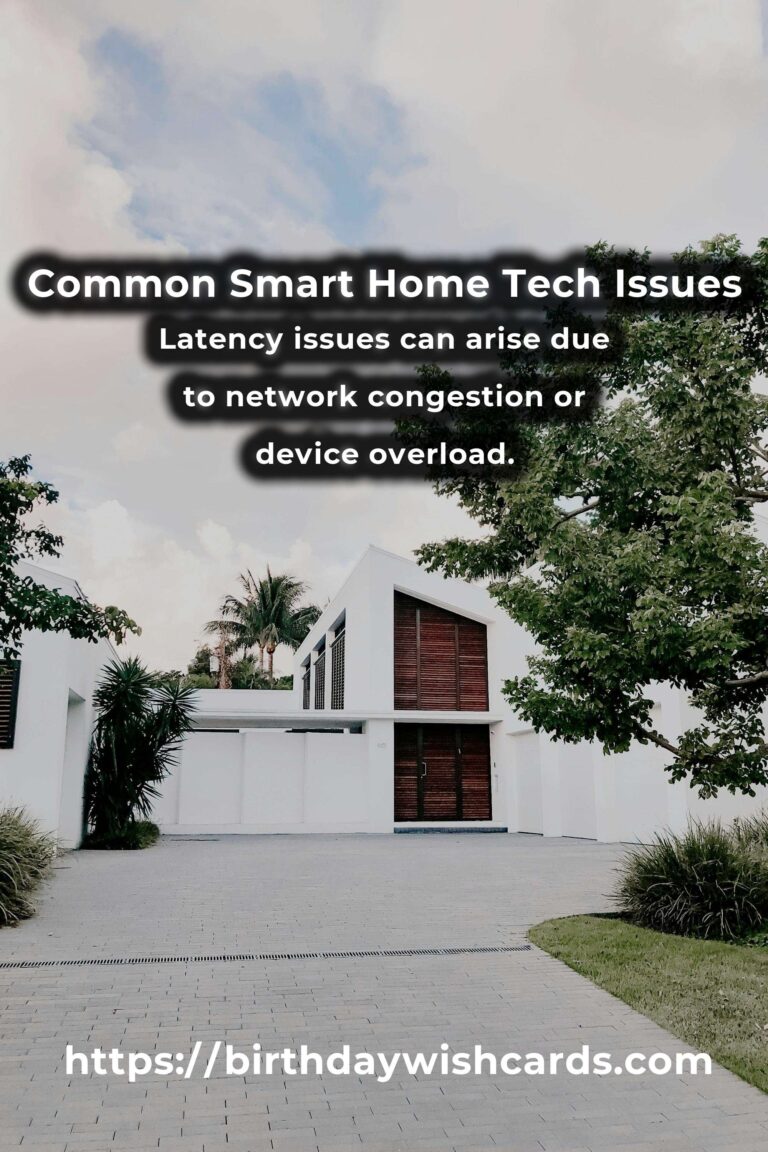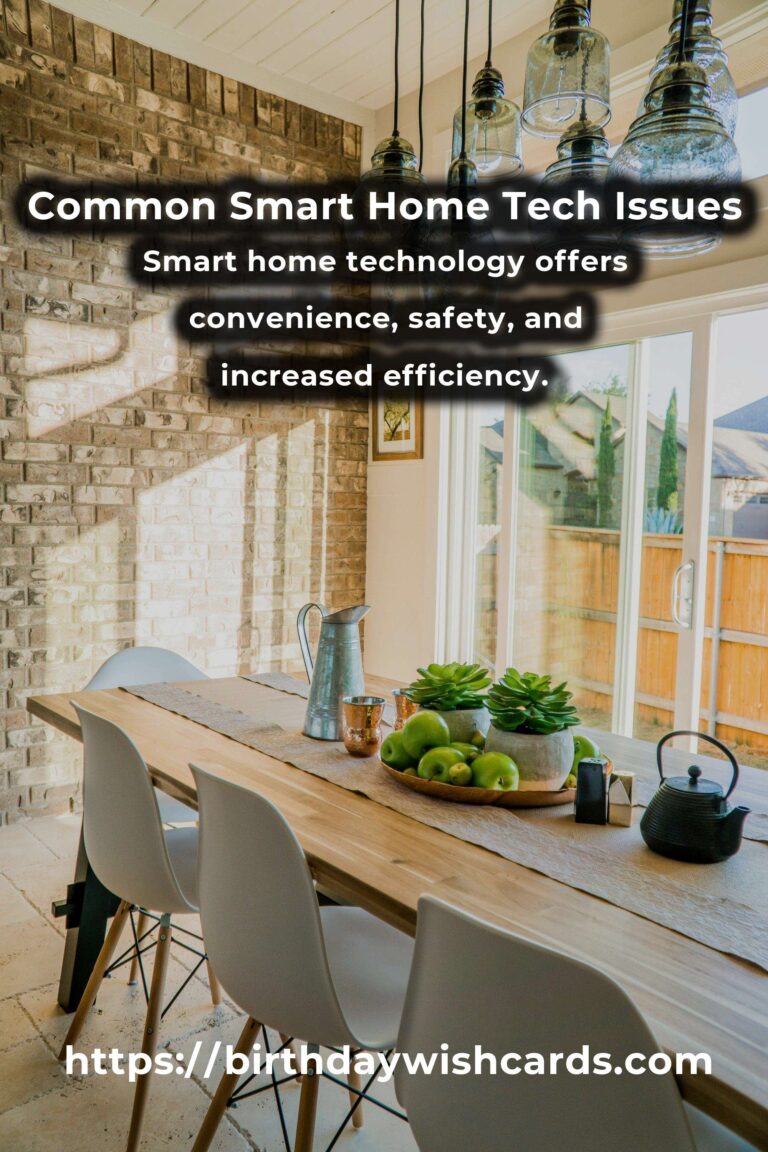
Smart home technology has revolutionized the way we interact with our living spaces, offering convenience, safety, and increased efficiency. However, like any technology, it comes with its own set of challenges. In this article, we will explore some of the most common problems associated with smart home tech and provide practical solutions to help you enjoy a seamless smart home experience.
Connectivity Issues
One of the most common issues with smart home technology is connectivity. Many devices rely on Wi-Fi to function, and any disruptions in the network can cause them to malfunction. To address this, ensure that your Wi-Fi router is placed centrally in your home and away from obstructions. Additionally, consider upgrading to a mesh Wi-Fi system for better coverage throughout your home.
Compatibility Problems
With a wide variety of smart home devices available, compatibility can be a significant concern. Devices from different manufacturers may not always work seamlessly together. To mitigate this, opt for devices that support common platforms like Amazon Alexa, Google Assistant, or Apple HomeKit. Additionally, regularly update your devices’ firmware to ensure compatibility with the latest standards.
Security Concerns
As with any internet-connected technology, smart home devices can be vulnerable to security threats. Protect your home by using strong, unique passwords for all your devices and accounts. Enable two-factor authentication whenever possible and regularly update your devices to patch any security vulnerabilities.
Power Supply Issues
Many smart home devices are reliant on a constant power supply. Power outages or fluctuations can cause these devices to reset or malfunction. To prevent this, consider investing in uninterruptible power supplies (UPS) for critical devices like smart locks or security cameras. This ensures they remain operational even during power cuts.
Voice Command Recognition
Voice-controlled devices can sometimes struggle to recognize commands, especially in noisy environments. To improve accuracy, ensure that your voice assistant is trained to recognize your voice. Speak clearly and ensure that there is minimal background noise when issuing commands. Regularly update the device firmware to benefit from improvements in voice recognition technology.
Latency and Performance
Latency issues can arise when there is a delay in executing commands. This is often due to network congestion or device overload. To reduce latency, ensure that your network has sufficient bandwidth and that devices are not overloaded with tasks. Close any unnecessary applications that might be running in the background on your smartphone or tablet.
Limited Functionality
Some users may find that their smart home devices do not offer all the functionalities they desire. This is often a limitation of the device itself or the ecosystem it’s built on. Before purchasing a device, research its capabilities and ensure they align with your needs. Consider future-proofing your home by selecting devices that can be upgraded or expanded with additional features over time.
In conclusion, while smart home technology presents certain challenges, by understanding these common problems and implementing the suggested solutions, you can enhance your smart home experience. Embrace the convenience and efficiency smart home tech offers, while staying vigilant about potential issues and maintaining a proactive approach to problem-solving.
Smart home technology offers convenience, safety, and increased efficiency. Connectivity issues are common due to reliance on Wi-Fi. Compatibility among devices from different manufacturers can be a concern. Strong security measures are essential for protecting smart home devices. Power supply issues can affect the functionality of smart home devices. Voice command recognition may struggle in noisy environments. Latency issues can arise due to network congestion or device overload. Limited functionality of devices may not meet all user needs.
#SmartHome #HomeAutomation #TechSolutions #SmartDevices #HomeTech


